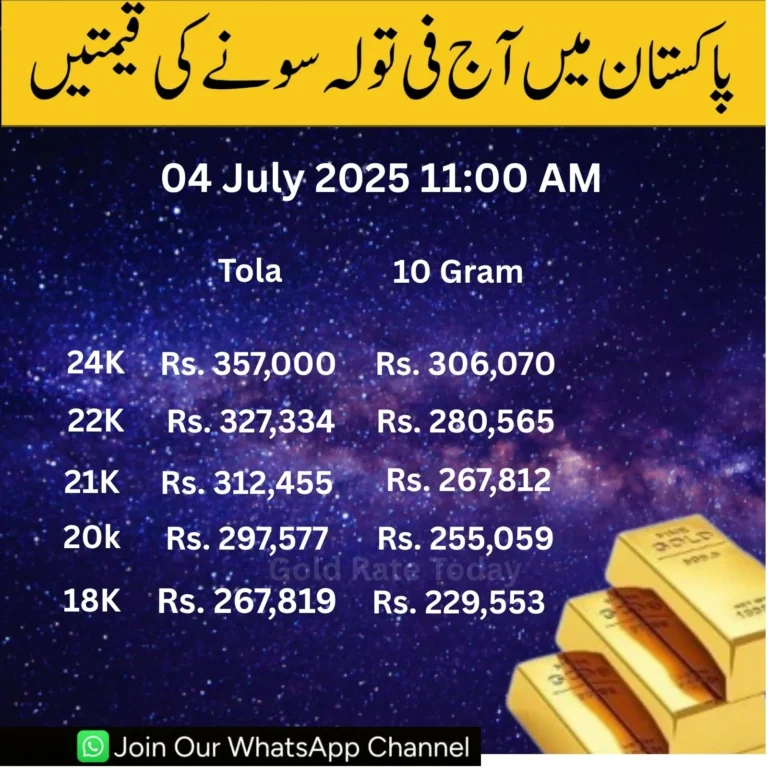 Everything You Ever Wanted to Know About Wheat – A Complete Guide
Everything You Ever Wanted to Know About Wheat – A Complete Guide
Table of Contents
ToggleWheat is more than just a basic food item—it’s a crop that shaped civilizations, supports billions of people, and continues to play a vital role in global agriculture. In this post, we’ll take you on a journey from the ancient beginnings of wheat to its role in modern farming and the global economy.
Whether you’re a food lover, student, or aspiring agri-entrepreneur, this blog will give you everything you need to know about wheat!
 How Wheat Is Grown Today: From Seed to Harvest
How Wheat Is Grown Today: From Seed to Harvest
Modern wheat farming has come a long way. Here’s how the process typically works:
Soil Preparation – Farmers plow and fertilize the land to prepare it for planting.
Planting – High-quality wheat seeds are sown in neat rows using advanced machinery.
Irrigation & Care – Crops are watered and monitored for pests and diseases.
Harvesting – Once mature, wheat is harvested using combines that separate the grain from the chaff.
Thanks to modern agricultural technology, wheat yields are higher and more efficient than ever before.
 Types of Wheat and Their Uses
Types of Wheat and Their Uses
Did you know there are several types of wheat, each suited for different purposes?
| Type of Wheat | Common Uses |
|---|---|
| Hard Red Wheat | Bread, all-purpose flour |
| Soft White Wheat | Cakes, pastries, noodles |
| Durum Wheat | Pasta and semolina products |
Understanding these varieties helps farmers, bakers, and food companies choose the right kind of wheat for their needs.
 Wheat in the Global Economy
Wheat in the Global Economy
Wheat isn’t just a crop—it’s a global commodity.
Countries like China, India, Russia, and the U.S. are top producers.
It is traded worldwide and prices fluctuate due to weather, demand, and international policies.
Wheat plays a crucial role in food security, especially in developing countries.
In fact, wheat is the second most-produced grain globally after corn, feeding billions of people every day.
 Challenges Facing Wheat Production
Challenges Facing Wheat Production
Despite its importance, wheat farming faces serious challenges:
Climate Change – Unpredictable weather patterns reduce yields.
Pest Infestations – Insects and fungi threaten crop health.
Soil Degradation – Over-farming leads to nutrient loss.
To combat this, scientists and farmers are working on sustainable farming methods, such as crop rotation, resistant seeds, and organic farming practices.
 The Future of Wheat: Innovation & Sustainability
The Future of Wheat: Innovation & Sustainability
The future of wheat depends on innovation. Some promising trends include:
Drought-resistant wheat varieties
AI-powered farm management systems
Eco-friendly pest control
Smart irrigation systems
With these advancements, wheat can continue to feed the world in a more sustainable way.
 Final Thoughts
Final Thoughts
Wheat is not just a staple food—it’s the backbone of human civilization and a pillar of modern agriculture. From its ancient roots to its global economic importance, wheat has a fascinating story that touches every corner of the world.
Whether you’re a student, a farmer, a foodie, or just curious, understanding wheat helps us appreciate the food on our plates and the efforts behind it.
 Bonus Tip: Want to Learn More?
Bonus Tip: Want to Learn More?
Watch the full video: Everything You Ever Wanted to Know About Wheat
It’s a fascinating, visual deep dive into one of the world’s most important crops.








